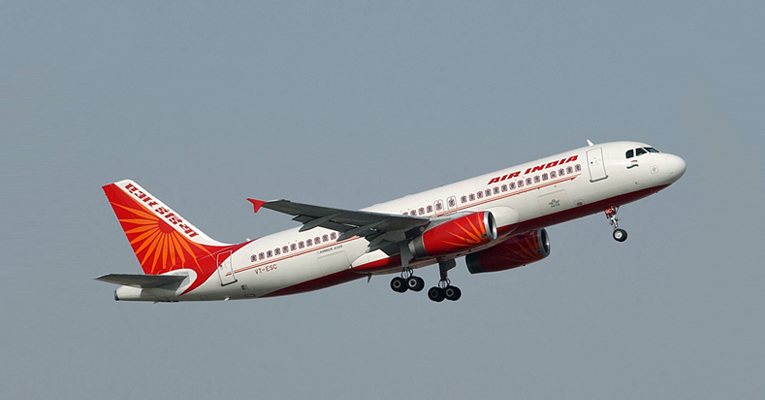Is privatisation the answer for Air India revival?

May 18, 2017: A news on the possible stake sale/ sale of the Air India that grabbed the headlines recently has prompted me to write this piece. The government of India apparently has entrusted NITI Aayog (National Institution for Transforming India is a policy advising body that replaced the Planning Commission) to come up with a structure that could bring back life to the national carrier.
One would be wondering, what is the big deal? Let me spell it out for a better understanding. Air India’s bright coloured Maharaja mascot fascinated most of us as children. Because of the visual effect, the mascot left a lasting emotional impression on many of us. Air India though had gotten away with the mascot a decade ago, our generation still relates Air India as a one’s own family airline, let me take the liberty to call it as ‘Khandani airline,’ and anything that affects the airlines saddens us to no limit.
The financial mess or the crisis of the national carrier is old news. Though there were some efforts in the past from the government side to revive the airline, they went in vein. The current accumulated losses stand at Rs 56,000 crore (approximately $8.6 billion). Of which Rs 52,000 crore is the debt and Rs 4,000 crore is the annual interest burden. In 2008-2009 the accumulated losses of the airline were at Rs 7,200 crore levels. In my opinion, had there been a significant and dedicated effort, Air India, once the pride of the nation, wouldn't have nosedived into this mess.
While all have a definite opinion about what went wrong in Air India, no one is willing to reflect on the circumstances the national carrier went through when these decisions were taken. The blame game is on and primarily pointing fingers on two incidents which are highlighted as the mother of the mess in the airline: a) the Indian Airlines and Air India merger and b) the decision to order 100 plus aircraft from Boeing in the first half of the millennium decade.
A person who was closely associated with Air India during the above said activities had a different story to tell. He countered both the points by saying; an airline of this size and having operations to almost all the key destinations in the world cannot afford to operate with such an old fleet. Delayed services were the norm of the daily routine of Air India operations as there were technical snags and in some cases, flights were even cancelled. It was the need of the hour to order new aircraft to beat the competition from the relatively young fleet of the private operators. And Air India placed orders worth around Rs 50,000 crore with Boeing.
If my understanding is right, then the orders are not placed with upright payments. As the delivery is scheduled over a period of time, the payment is also scheduled accordingly.
But he was candid in admitting that the merger of Air India and Indian Airlines had its issues. Look at the Continental – United Airline merger, it is still struggling. All mergers may not be successful as planned. Of course, Indian Airlines brought in its massive debt into the then international carrier Air India. And according to him, the merger could have been managed in a better way so that the impact could have been minimised.
If I recall it right, while the merger talks were on, I heard that proposals are being drafted to make Air India a listed company. The fine print even had plans to make the employees of the earlier Air India owners of the airline, which according to me would have brought in more discipline and structure in the first place and turned around the organisation.
Don’t get me wrong; I am not against the proposed steps by the government to give a breather to the Air India. As reported by the newspapers, let NITI Aayog come out with the restructuring plan. The program may include the stake sale as reported earlier by bringing down the government holding to just 26 percent. Let us wait. But definitely, I would love to see Air India regaining the pride of Maharaja.



